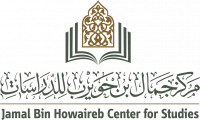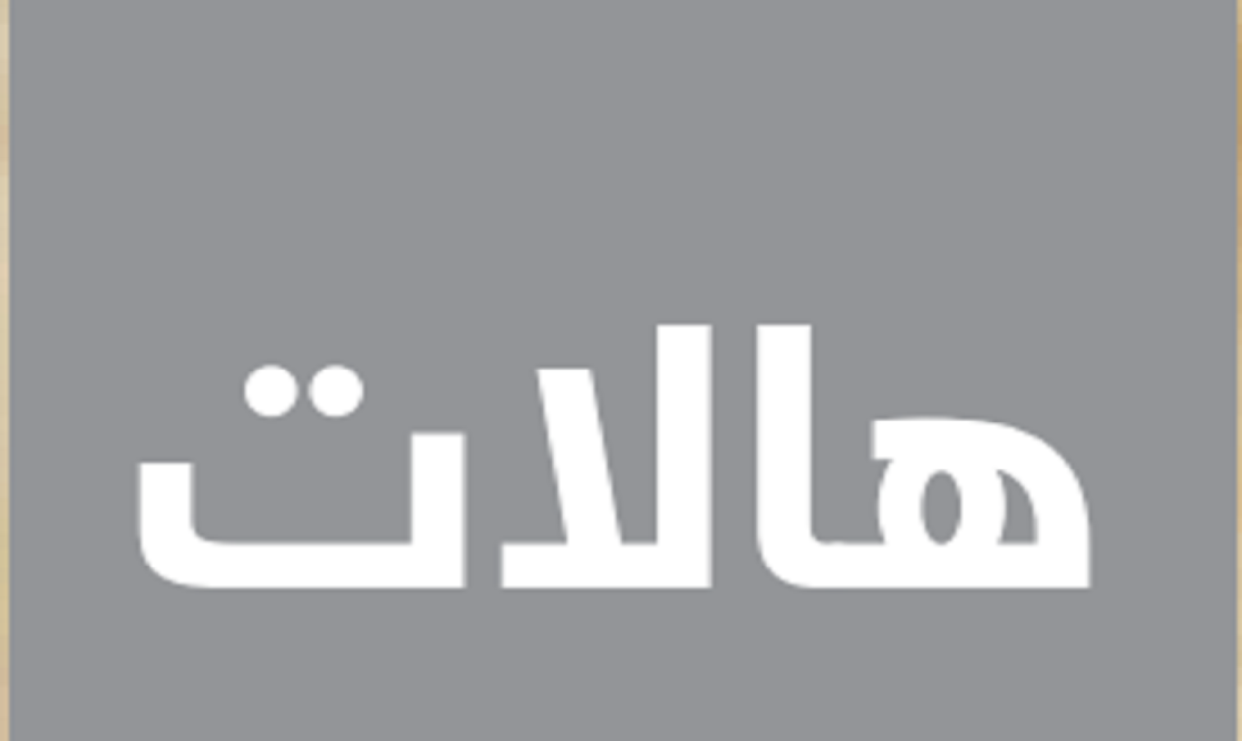1,081 عدد المشاهدات
Prepared by Husein Darweesh
From the beginning of the 20th century until 1953, the educational system in the Trucial States was related to the prevailing economic and social conditions due to the lack of a service sector and the lack of any real development policy.
This situation imposed the inability to keep abreast of the global development in the field of institutional education.
From the beginning of the twentieth century, education has been restricted to limited groups of Emirati people. At that period, Education in UAE did not match education of the rest of the neighboring countries where it began to adopt more structured and systematic approach (formal or semi-formal).
The first beginnings of education were largely based on the trade and traders who contributed to its funding.
The interest in male education was more important than female education, reflecting the basic requirements and socio-economic conditions in the Trucial States.
Several factors have helped to shape the beginnings of education in Dubai. Its location on the Arabian Gulf has helped most of its residents move to the sea in search of a living, which has led them to connect with neighboring peoples and nations and learn about their cultures.
The circumstances and transformations saw the Arab and Islamic world had their influence on this small society. The people of Dubai were not far from these global transformations and were constantly in touch with the news of their neighboring nations.
The delay in the discovery of oil in the Trucial States until the beginning of the sixties of the last century, was one of the most important reasons for the delay in the modernization of educational systems. Therefore, the Trucial States did not witness the education renaissance, for example, that took off in Kuwait and Saudi Arabia. Moreover, the budget Britain gave to the Trucial States was not sufficient to initiate alternative education instead of traditional education.
The major transformations, which the region was undergoing at the time, contributed to a radical change in the social relations between the different ethnic populations, in addition to a slight economic shift compatible with a modern consumer culture and marked population growth.
Social transformations
Transformations have effectively contributed to encourage locals, in its various manifestations, to focus on education. At the beginning of the twentieth century, the situation began to change somewhat. The Trucial States began to experience the movement of various cultures that started to come through trade, especially with the openness of some ports in the Arabian Gulf
The interest in semi-formal schools was also highlighted with the establishment of Ahmadiyah School in 1912 at the expense of the pearl merchant Sheikh Ahmed Bin Dalmook.
When Sheikh Ahmed passed away, his son Muhammad completed the construction of the school, providing furniture, books and educational supplies. Thus, Dubai received, with open arms, the generation of pioneer teachers who came to leave a clear and great influence on the different parts of community.
Prior to the establishment of Ahmadiyah School, two types of old schools appeared in Dubai: the first was concerned with teaching the alphabet from A to Z, and the second one was famous for teaching writing, in addition to reading and memorizing the Holy Quran.
Old schools
From its very beginning, Education in the Trucial States depended on old schools. It is not possible to determine the period of time for the beginning of these old schools, which were an extension of education in the mosques. People were often inclined to learn because of their need to learn to read and write, and to understand the Holy Quran and religious matters.
At that time, the simple life of the people did not impose superior system of educational requirements. The process of education depended mainly on an instructor for the boys or on an instructress for the girls. Those instructors were often men of religion and good morals; They also had strong personalities and a distinguished style to deliver information.
In some places of the Trucial States, instructors only used to read the Quran for the students to be memorized. Hardly any instructors provided other sciences such as arithmetic , teaching languages, jurisprudence or Hadith.
Teaching in mosques
This type of teaching was practiced by a few scholars and men of jurisprudence, who had a deep knowledge of the fundamentals of doctrine, jurisprudence, interpretation, grammar, dictation, history and various religious lessons.
Scientific seminars were held in at a corner of the mosque, or at a certain place in the house of the Sheikh. These seminars had been a source of knowledge and jurisprudence from which the first generation of the UAE pioneers has graduated. They started to disappear with the development of education and the advent of the modern courses in evolutionary schools.
Mosques were the cornerstone of the city in the various Islamic eras. After building a mosque, people used to build their houses around it developing a new city. Dubai, like other Islamic cities, had many mosques that were built and spread with the lapse of time. Scientific seminars started to exist with the appearance of mosques and they were held in mosques after prayers to teach people.
Students used to sit around the instructor who was reading some verses of the Holy Quran, and explaining them. Also, the instructor used to narrate and interpret some of the Prophet’s Hadith, and the provisions of worship in Islam. He used to mention the biography of the Prophet in addition to the biography of some of his companions, especially the Righteous Caliphs, and the stories of Arab and Islamic heroes.
The students in the mosque did not learn to write in Calligraphy; education was only oral, and students did not convey what they were receiving from their teacher, or write it down on papers. However, some students learnt to write by traveling to neighboring areas, or by the guests they hosted.
They were completely ignorant of arithmetic, despite needing it in their business transactions, which required the distribution of resources among them, the management of their business, or the conversion of currency. In fact, they had their own ways in doing so.
Some of the instructors only used to read the Holy Quran. They would teach students the characters of the alphabet from A to Z. After memorizing them, a student can read Quran. This was the beginning of the old schools that began to develop gradually, and to have their own approaches.
Old instructors
The old schools had spread throughout the Arab countries and were the most common ways of learning. This type of education was prevalent a long time ago. It was practiced by a large number of instructors and instructresses who were the old teachers. Instructors used to teach students how to memorize the Holy Quran and Hadith, and train them to write, and make knowledge of the pillars of Islam and ablution comprehensible.
Some instructors have specialized in the religious sciences and became sheikhs or scholars. Others have specialized in teaching student how to memorize and recite the verses of Quran. Moreover, instructors were not only teachers, they also used to show students how to meet behavior and discipline expectations. In many cases, instructors would communicate with parents of the students and participate in special occasions within the family.
An evolving type of instructors emerged as a result of the differences in the way of teaching or due to the diversity of their cultures and the scope of their knowledge. Normally, this led to a clear differentiation in the lessons the children received from their instructors. In fact, instructors continued to teach until the beginnings of the Union of Arab Emirates, where their role began to decline and disappear gradually from society.
Old schools were modest places that could accommodate a number of boys or pupils, supervised by one instructor who was assisted by a student of excellence.
The task of the teacher, who was called instructor, was limited to reading the Quran for the students to be memorized and the principles of reading and writing as well. The process of memorization was based on indoctrination without understanding the meaning of words or verses. It was merely a verbal repetition so that the students could memorize the words they heard.
These old schools have witnessed a great turnout, which indicates the sincere desire of parents to teach their children the principles of reading and writing.
The methodology of old schools
Old schools did not have a special curriculum or specific books, but it was the instructor who determines the curriculum according to his efficiency and scientific ability. Rather, each instructor had his own special way of teaching the alphabet. Instructors used to pronounce every single letter loudly and the students used to repeat them.
Students were memorizing the Holy Quran after they had learnt to read and write.
The duration of learning varies from one student to another. Smart students would finish studying in a year, while others would take many years of study. When a student finished reading the Holy Quran, he had to reread it again. After that he would be able to read by himself, where reading does not mean learning by heart.





